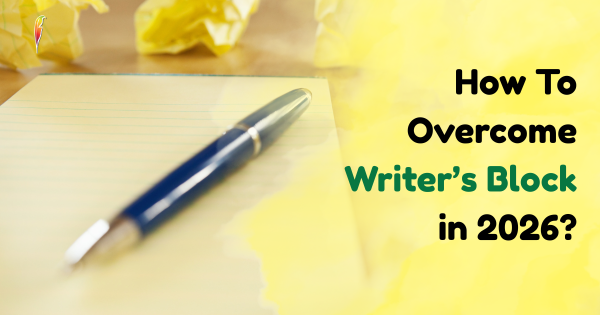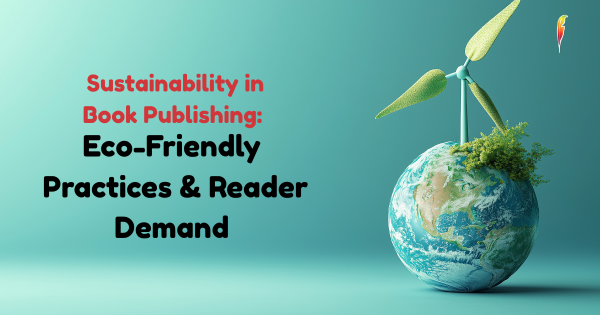
How To Edit Your Manuscript Before Submission
Curious about the editing process before submitting your manuscript? We are here to guide you every step of the way.
Let’s start with the importance of editing your book, as it ensures your work is polished and ready to catch a publisher’s attention. The first, and most crucial step is to start writing a plot with structure and overcome the doubts and what-ifs. Your manuscript doesn't need to be perfect to be submitted; Austin Macauley Publishers includes professional proofreading in the process.
However, editing before submission transforms your manuscript from ‘done’ to ‘ready’; it displays your story and writing skills professionally to publishers, as first impressions matter significantly. To increase the chances of getting accepted, submit the most refined version of your manuscript. Your self-edit helps publishers read your core story without unnecessary distractions.
Step Away to See Clearly
Start your editing process by stepping away for a bit, it helps you to see your writing more clearly. Take a break when you done finishing your draft. This method can help reset your perspective and allows you to return with fresh eyes and open-mind. Reducing attachment can help you to find issues more easily, such as pacing, awkward sentences, and clunky dialogues. Always treat your manuscript like you are reading someone else’s work; objectivity should be your goal.
Check Description Balance
Reviewing your descriptions of characters, settings, and world-building is an essential step in editing your manuscript. Your descriptions should serve the story, not distract readers from it.
Before submission, there are a few important questions to ask yourself:
- Are the characters’ motivations clear and consistent?
- Do they have distinct voices that readers can easily recognize?
- Is the backstory developed naturally, without info-dumps?
- Do relationships evolve believably, or do they seem sudden and unearned?
- Are the rules of your world—whether magical, technological, or societal; clearly established and consistently followed?
Cut the Clutter
Unnecessary jargons or dragging the story can distract readers. Strong writing is all about clarity, focus, and purpose. One helpful way to polish your manuscript is to identify and trim filler words. Read each sentence without the filler word; if the meaning stays the same, cut it.
Here are some tips to help refine your manuscript:
- Filler Words: Use Ctrl+F (or Find) to search for and critically evaluate weak or redundant words: very, just, that, quite, some, suddenly, actually, basically, literally. Most can be safely deleted.
- Adverbs: Watch for excessive -ly adverbs. Often, a stronger verb can replace the verb + adverb combo (e.g., “ran quickly” to “sprinted”).
- Passive Voice: Look out for passive sentences and change it to active voice to make writing more direct.
- Clarity & Conciseness: Trim redundant phrases and simplify complex sentences to ensure clarity.
Read Your Book Differently
Read differently to train your brain to spot errors.
- Read Backwards (Chapter/Scene): Try reading your manuscript backwards—start with the final chapter, then the second last, etc. It breaks the flow of the story and makes awkward phrasing or inconsistencies stand out.
- Read Aloud: Helps you to hear the rhythm, find clunky sentences, and catch dialogue awkwardness.
This approach can help you to focus on structure and consistency rather than getting lost in the flow. Remove plot holes, continuity errors, or tone shifts you didn’t notice before.
Review Story Structure
Another essential step in editing your manuscript is to review story structure and ask yourself:
- Does the story have a clear beginning, middle, and end?
- Is the pacing right—do scenes build tension or drag?
- Is your climax impactful and rewarding? Does the resolution make sense?
Use tools like a beat sheet to outline your plot from start to finish or index cards to visualize it. Watch out for slow middles or rushed endings as these are the common traps for authors. Even if you are writing literary fiction, structure matters.
Conclusion
Hence, self-editing is not about perfection; it’s about clarity, pacing, and polish. Austin Macauley Publishers will support you with professional proofreading, but your effort makes a big difference. A well-edited manuscript increases your chances of being accepted and shows you take your work seriously.
Ready to share your work? Submit your manuscript to Austin Macauley Publishers today | https://www.austinmacauley.com/am-publishers-submissions
We use cookies on this site to enhance your user experience and for marketing purposes.
By clicking any link on this page you are giving your consent for us to set cookies



